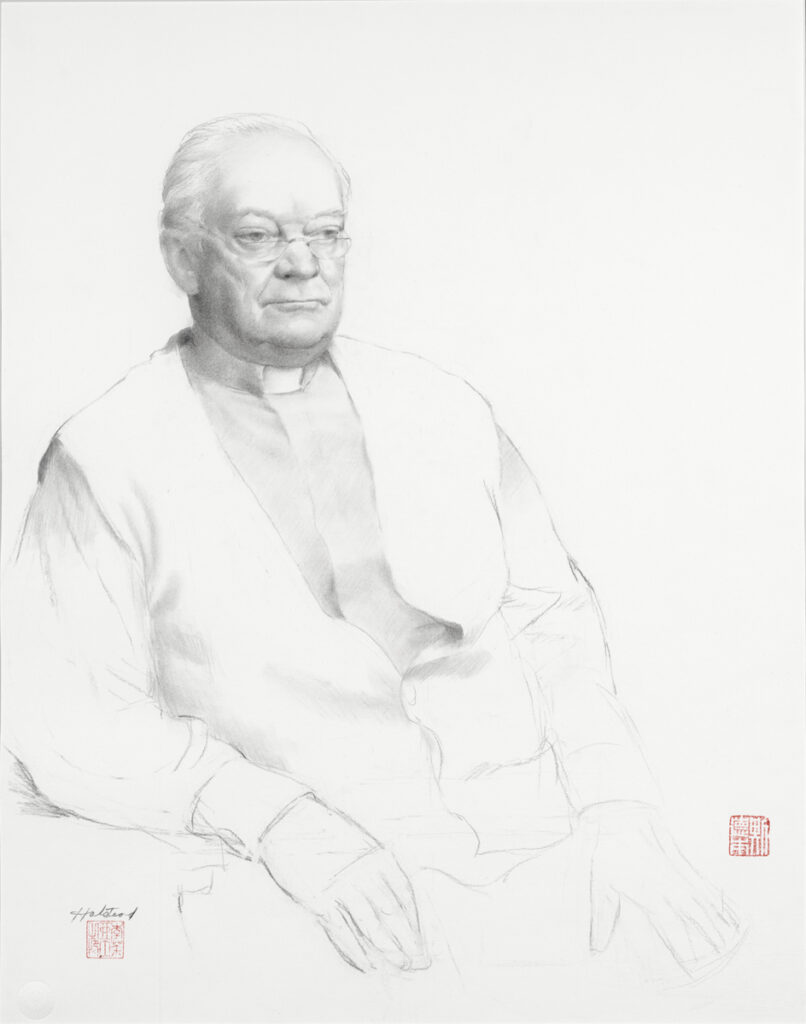
The following paragraph is a preview of a new essay that I intend to have published in the not too distant future. This one is about drawing: the most essential element in most works of visual art. However, drawing is typically undervalued aesthetically and monetarily, often thought of as the ‘poor cousin’ of painting. This essay, which includes a very brief history of drawing from renaissance to the present, gives a sense of the multiple dimensions of drawings and the drawing experience. Here is an excerpt from that essay:
“Though drawing attained a new appreciation in the eighteenth century it continued, throughout those times and to this day, to be essentially a tool for study. As with avid naturalists, drawers are typically absorbed with the intricate nuances found through their studies. It is love of life from the root up. It is a poetic expression that comes from a sense that the world is too vast to ever be known in total, and a belief that its heart can best be known while we are on our knees studying the individual, the lichen at the root of a tree, the incomparable grace of a model’s sinewy thigh, the feeling of a bird’s movements, or the compelling mystery of a boney but softly animated human face. Drawing then is very different from painting, which is often thought of as the pinnacle of visual art and generally takes in a whole scene, giving a sense of completeness or of a grand scheme.”
Look for the article in the upcoming issue of Fine Art Connoisseur Magazine.
